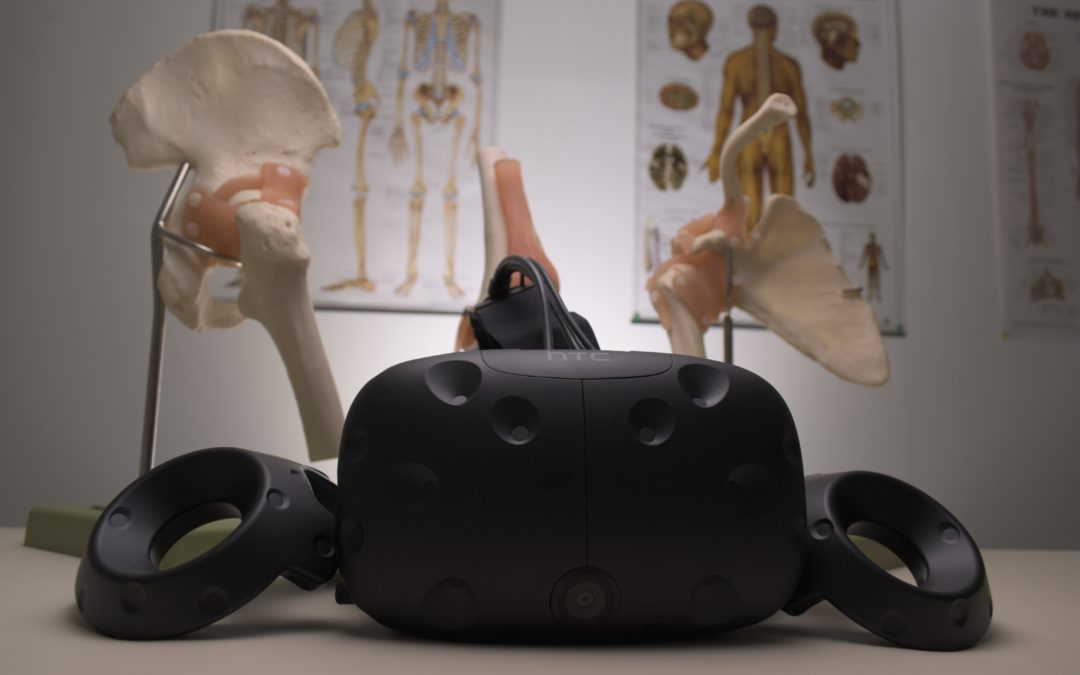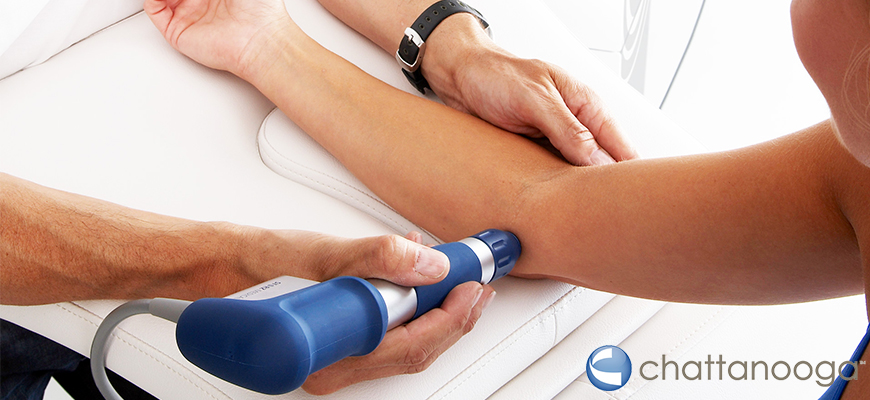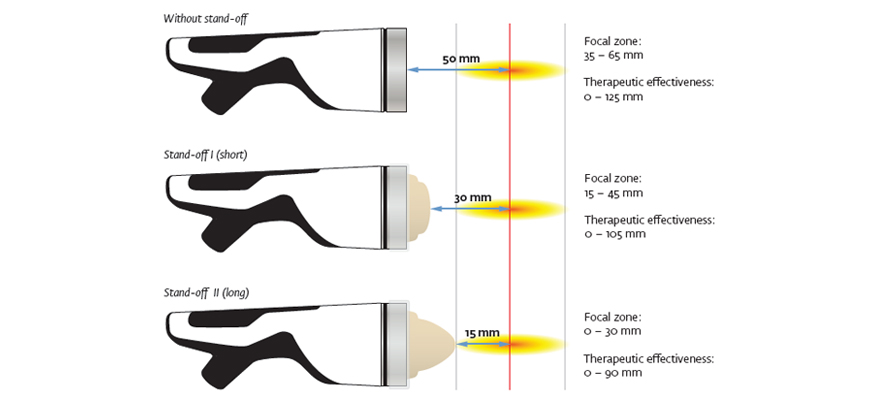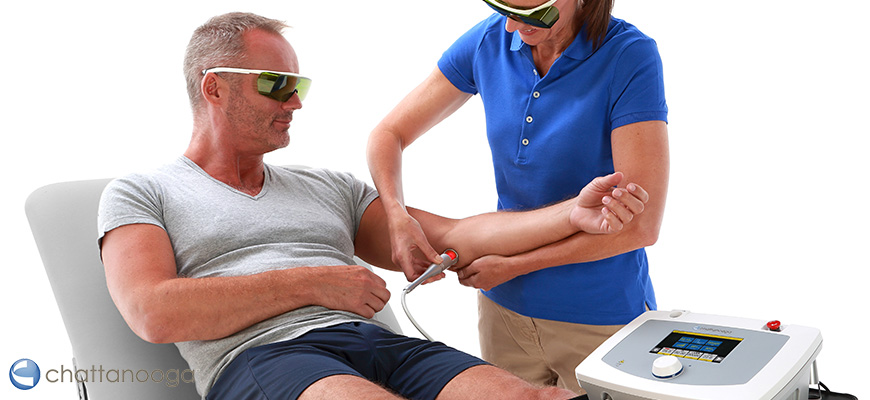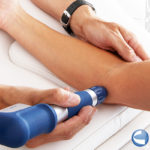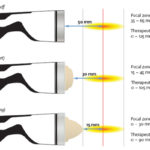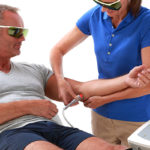EMG Biofeedback in Clinical Practice
Surface Electromyography (sEMG) is used by Allied Health Practitioners to assess the health of muscles and the neural pathways that control them. It can help reveal nerve dysfunction and muscle atrophy in your patients.
EMG biofeedback is the most widely investigated method of biofeedback and appears to be effective in the treatment of musculoskeletal conditions. It allows us to identify the reasons behind intentional and reactive muscle motor behaviours. Using sEMG, we can determine the intensity and velocity of muscle contraction and muscle fatigue, as well as compare activity of two different muscle groups, to determine when they firing or not firing in relation to one another.
One study has identified that EMG biofeedback improved performance of activities following a stroke more than usual therapy. Read summary of study below.
In this particular case, we look at how sEMG can improve glute activation by providing real-time information to clinicians to identify those muscle movement patterns.
What is glute activation?
Glute activation refers to the firing up of the glute muscles during exercise in order to strengthen them and reduce stress on compensating muscles.
What is the importance of glute activation?
Glute activation is critical as the glutes provide support to overall core and body strength, and pelvis and hip stabilization. Inactive and weak glutes are unable to support the alignment of our pelvis and femur, resulting in other muscles to compensate. This imbalance of muscle use can lead to gait issues, putting further pressure and stress onto joints. Alongside this, we see an influx of lower back and hip pain, muscle and nerve pain and poor posture.
Some of the associated injuries with weak gluteal muscles include patellofemoral pain syndrome, iliotibial band syndrome, patellar tendinitis, Achilles tendonitis, plantar fasciitis and others.
Our sedentary lifestyle and under-use of glute muscles provides the main cause for glute inactivation, and results in the gluteal muscles atrophying.
